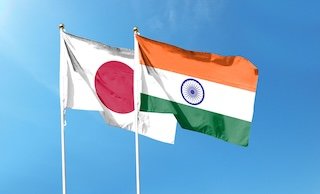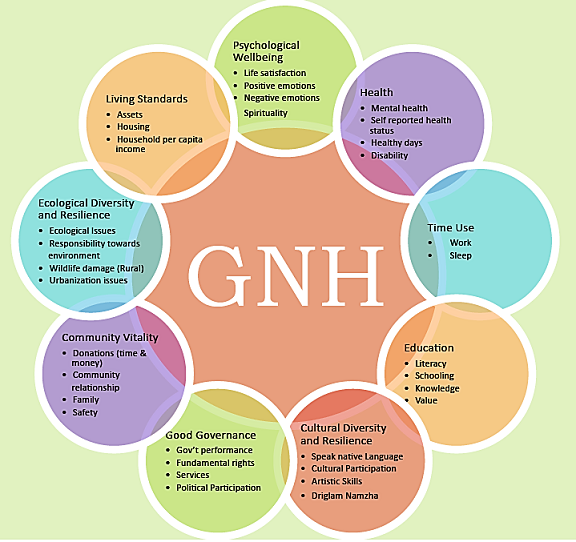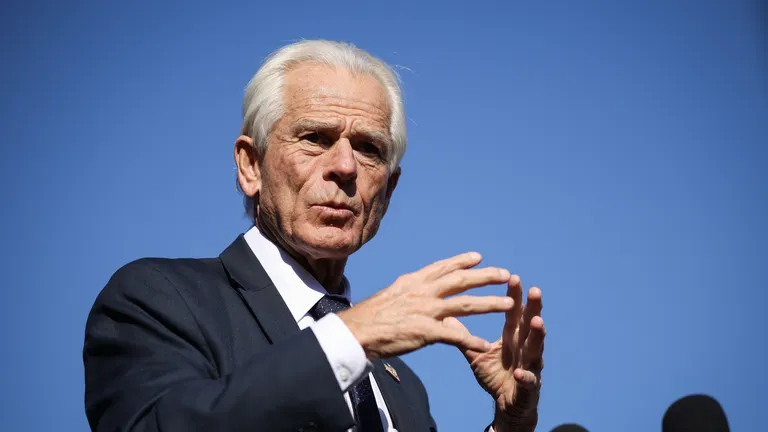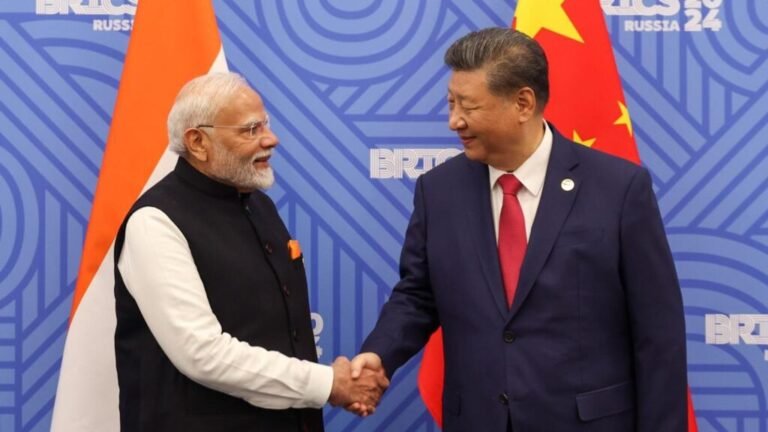
India-Japan ties have always been cordial. The Japan-India Association is the oldest friendship organisation in Japan, having been in existence since 1903, even though relations between India and Japan were not established until 1952. In 2011, the CECA (Comprehensive Economic Cooperation Agreement) was signed, strengthening the economic ties between the two Asian powers (Raghuramapatruni R., 2020). In addition to being the biggest receiver of Japanese ODA (Official Development Assistance) loans over the previous few decades, India was the first nation in the world to receive loans in Japanese yen. ODA was used in the construction of the Delhi Metro (Maheswari U. M., 2023).

The growth in diplomatic ties
India-Japan relations saw a change in the post-Cold War era. From concentrating only on financial help, Japan’s aid diplomacy has developed into a strategic alliance that encompasses economic, geopolitical, and security alignment in the Indo-Pacific. Given the clear complementarities between the two Asian economies, there is a great deal of room for expansion in the economic relationship between India and Japan. As part of their ‘China Plus One’ plan to diversify their supply chains and manufacturing to lessen their reliance on China, Japanese corporations are looking to India as a base, according to Deloitte experts.
Mutual benefits drive the rise of Japanese investments in India. For Japan, India provides a large and young consumer base, low-cost labour, and a key location for regional trade. In contrast, India receives access to advanced Japanese technology, capital, and know-how. India’s aspirations and the needs of the time have welcomed Japan’s investment. According to India’s Ministry of Commerce and Industry, Japan’s total foreign direct investment (FDI) in India has increased in recent years. To make the fullest use of this relationship, India established Japan Industrial Townships (JITs) as special arrangements for Japanese firms, providing them with the same ease of doing business as special economic zones (SEZs) and national investment and manufacturing zones (FICCI, 2025).
Influence of Infrastructure
In November 2016, the two nations signed a memorandum of cooperation to support the Japan-India Institute for Manufacturing (JIM) and Japanese Endowed Course (JEC), which aims to train 30,000 Indian engineers and shop-floor leaders to Japanese standards. Projects to upgrade road networks, bridges, and urban infrastructure in states like Assam, Meghalaya, Mizoram, Manipur, and Tripura have received substantial support from the Japan International Cooperation Agency (JICA). The North East Road Network Connectivity Improvement Project, one of the most well-known examples, aims to improve regional and national roadways to promote trade and transportation. With the growing service sector, we cannot take the risk of neglecting the manufacturing sector. For it to grow, we require a boost of innovation and technology, which global connectedness and collaboration can offer us. In the cold milieu of world politics, where war-like situations are all around, India is moving ahead on the path of warmth and shared interest in national and global matters.
Other ongoing projects
During Prime Minister Narendra Modi’s visit to Japan in September 2014, Hon’ble Prime Minister of Japan, Mr. Shinzo Abe, pledged $35 billion in investment in India’s public and private sectors over the next five years, as well as doubling the number of Japanese companies operating in India (Embassy of India, Tokyo, 2025). The 15th India-Japan Summit, or Tokyo Summit, on 29 August 2025, marks an important milestone in the growing strategic partnership between the two countries with a 10-year vision of cooperation. Japan has pledged over ¥10 trillion (approx. $68 billion) in investments over the next decade. This comes at a time when many countries are turning inward and the world faces sharp division and confrontation.
Although India and Japan have not signed a formal Free Trade Agreement (FTA), they have been discussing ways to further liberalise trade and investment. The Trade and Economy Ministers of India, Japan, and Australia launched the Supply Chain Resilience Initiative (SCRI) on 27 April 2021 as an initiative that seeks to enhance the resilience of supply chains in the Indo-Pacific Region. Further, it focuses on developing dependable sources of supply and attracting investment.
The launch of the Japan-India AI Cooperation Initiative was announced following recent developments. It aims to deepen bilateral and multilateral cooperation in artificial intelligence, including Large Language Models (LLMs), establish platforms for industry and academia exchange, support joint research projects, and facilitate the development and operation of data centres in India. Trade volume has grown, with India ranking as Japan’s 18th largest trading partner. Japan was India’s 14th largest commercial partner in fiscal year 25.

Conclusion
The two countries collaborate in various fields, including health and medical care, transportation, electricity and energy, urban environment management, and agricultural and rural development. From industrial corridors to digital alliances, Japan’s efficiency and India’s scale generate a synergy that few other bilateral relationships can match, despite trade imbalances. Deeper economic integration could result from talks for a possible Free Trade Agreement (FTA) between Japan and India, which would ease investment and trade flows. The importance of India in Japan’s Indo-Pacific Vision has led to support for India’s efforts to enhance its infrastructure and connectivity with neighboring regions, as well as to better integrate into the Asian context.
Written by – Akshay Sharma
Edited by – Vania Jain
The post Influence of Japan Diplomacy to India’s Manufacturing Sector appeared first on The Economic Transcript.


